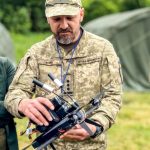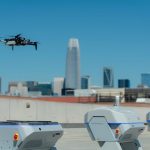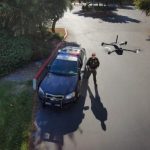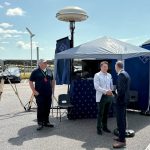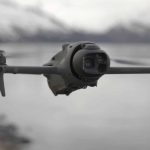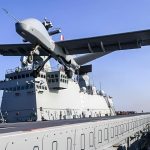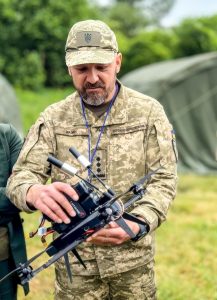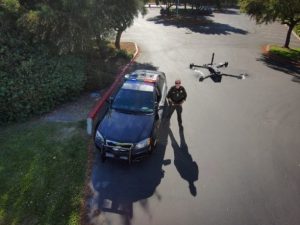Joby Aviation Successfully Flies Two Air Taxis at Once
May 15, 2025 – In a remarkable achievement, Joby Aviation executed its first simultaneous flight of two electric vertical takeoff and landing (eVTOL) aircraft on May 9 at its facility in Marina, California. This milestone marks a significant advancement in Joby’s flight testing program, following recent successes in transitioning from vertical takeoff to forward cruise flight and back.
Joby is in the process of preparing for commercial passenger services, a key step in its ambitious plan to revolutionize urban air mobility. CEO JoeBen Bevirt expressed pride in this accomplishment, stating, “This achievement not only demonstrates Joby’s leadership in the sector, it’s another indication of the power of American innovation. Our air taxi is designed, manufactured, and assembled here in the U.S., and we are a proudly American company, employing engineers and other experts across 40 different U.S. states.”

With six aircraft in its testing fleet, Joby anticipates that flying multiple vehicles simultaneously will expedite certification processes and enhance upcoming passenger operations slated for next year.
The company is actively collaborating with partners like Delta Air Lines and Uber to launch air taxi services in major cities, including Los Angeles and New York. International collaborations extend to Virgin Atlantic in the UK and ANA Holdings in Japan, with plans for a rollout in Dubai by early 2026.
To date, Joby has completed over 40,000 miles in test flights, including noteworthy demonstrations in urban settings such as New York City, Japan, and South Korea. Additionally, two of its aircraft are participating in joint tests with the U.S. Department of Defense at Edwards Air Force Base, with a sixth aircraft undergoing final functional checks.
